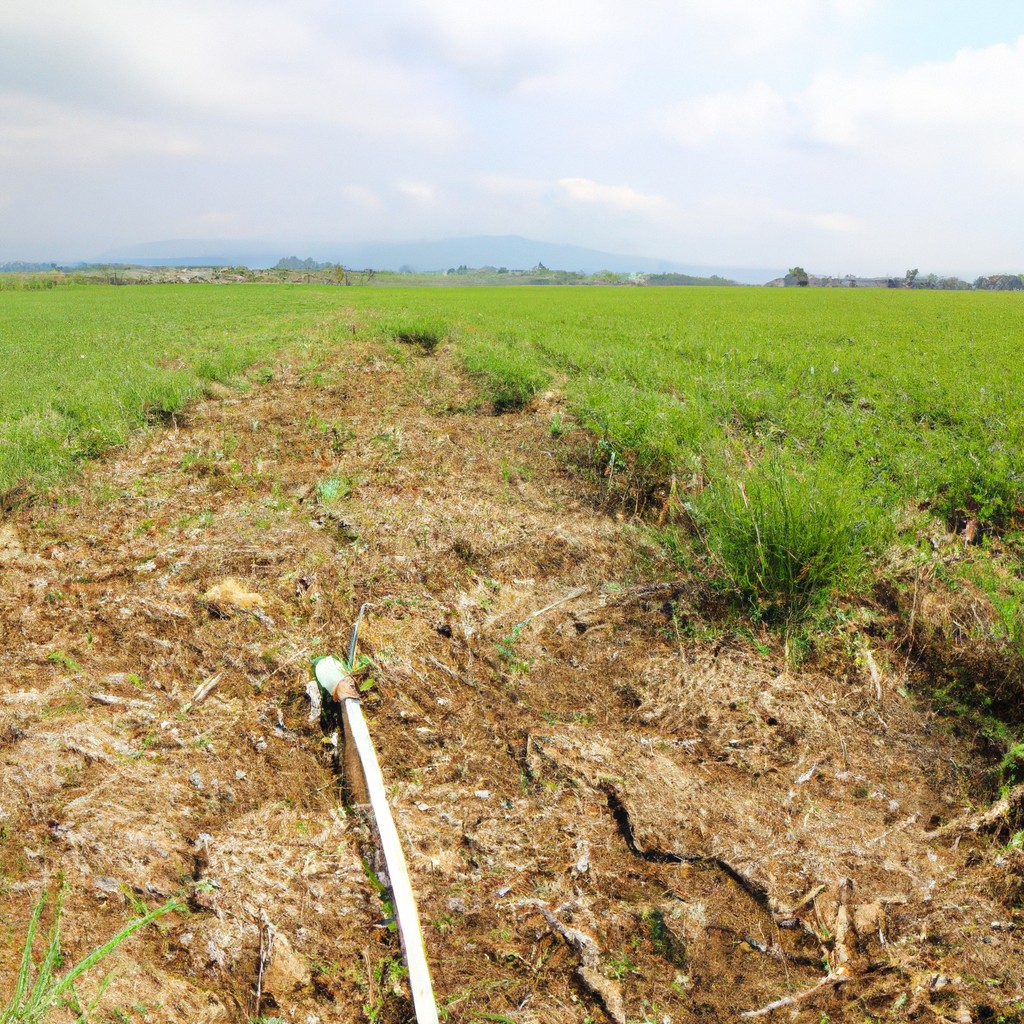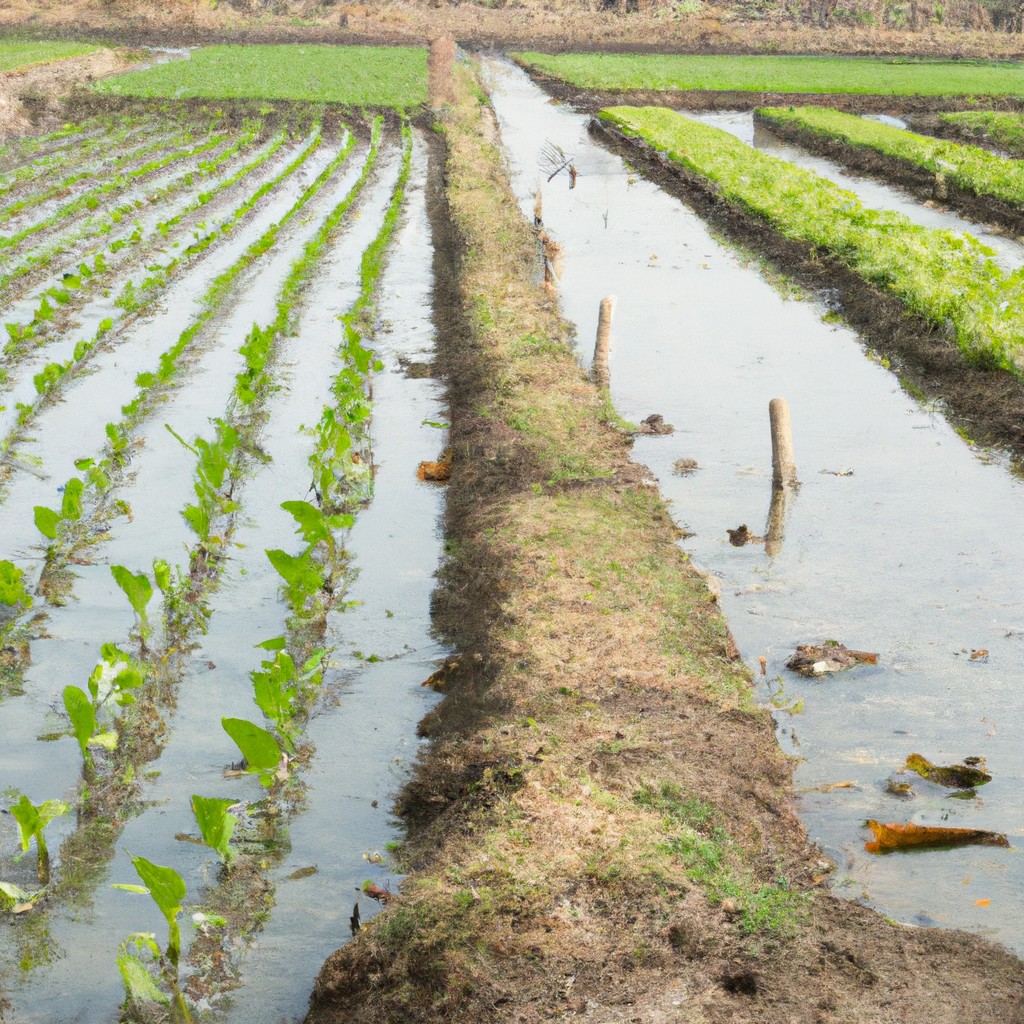Find out what typically defines subsistence agriculture and how it functions within small communities.
Look Inside:
Small-scale Farming

Picture this: a cozy plot of land, just big enough to stretch your legs but not so large it requires a GPS to navigate. Here, farmers often manage a diverse mix of crops and livestock. It’s like a mini food court, but without the greasy fries.
These farms are the polar opposite of endless industrial fields. They focus on variety rather than volume. Think more along the lines of a colorful veggie patch in your backyard rather than rows and rows of corn.
Because of their size, these farms rarely utilize heavy machinery. Most of the work is manually done, making farmer tans and calloused hands a common sight. However, this scale allows for more precise and tender-loving care of each plant and animal.
In these setups, the farmer often knows each plucky chicken and every wilting carrot patch by heart. It’s a personal affair, involving a deep connection with the land. The plots are small, but the dedication is enormous.
Focus On Self-sufficiency
Farmers grow enough food to feed their families, not aiming to stock supermarket shelves. The journey from seed to plate happens right in their backyard, reducing dependency on external sources.
Diverse crops are planted to ensure year-round food availability. Picture a grocery store in one plot of land: cereal crops for grains, vegetables for vitamins, and maybe a cow, pig, or some chickens for protein.
Storage techniques like drying, fermenting, and smoking preserve food, keeping pantry staples accessible when nothing is growing.
Trade is usually local, often bartering with neighbors. Forget about those Black Friday sales; think more along the lines of exchanging a bushel of corn for a basket of tomatoes.
This self-sufficiency makes subsistence farming a resilient, though labor-intensive, lifestyle.
Low Use of Mechanization and Technology
Tractors? GPS-guided sowing machines? Nope. Not here. Subsistence farmers stick to the basics. Think hoes, rakes, and maybe the occasional mule.
Why? Firstly, let’s talk cost. High-tech equipment has a pricey tag that these farmers can’t justify. Subsistence farming is all about scraping by, not splurging.
Secondly, it’s a lifestyle thing. These farmers have an intimate relationship with their land. They know every nook and cranny. Using simple tools lets them work closely with their environment, listen to its needs.
Lastly, tech breakdowns. Imagine your sophisticated drone decides to quit mid-field. Yikes. Traditional tools are reliable and rarely require a call to tech support.
Reliance On Manual Labor
In subsistence agriculture, most tasks are accomplished by sheer human effort. Imagine a fitness routine that actually produces food.
Farmers prepare the soil, plant seeds, tend to crops, and harvest by hand. Tools are basic: think hoes, spades, and sickles.
Families often work together, turning farming into a community activity. Forget yoga; this is where real flexibility and teamwork shine.
Animal labor may assist, with oxen or mules pulling plows. But forget about tractors; they’re as rare as unicorns here.
The focus is on using available resources. Simple techniques keep costs low and sustainability high.
Minimally Market-oriented Production
Farmers involved often grow crops and raise livestock primarily for their own household consumption. Picture this: a family tending to a plot where every tomato, every ear of corn, and every chicken feeds their own mouths.
They’re not thinking about selling at the local market. Instead, they’re ensuring there’s enough food on the table year-round. This means crop selection is diverse but limited to what’s needed daily. Think staple crops like grains, beans, and various vegetables.
You won’t see shiny tractors plowing the fields in these setups. Techniques are traditional and focus on maximizing yields for personal use. Farmers might trade surplus with neighbors for goods they don’t produce themselves, but the effort to sell at a larger market isn’t the priority.
This type of farming is a bit like doing your own homework instead of hiring a tutor—you’re in it for direct personal benefit, not because you’re trying to start a tutoring business!




